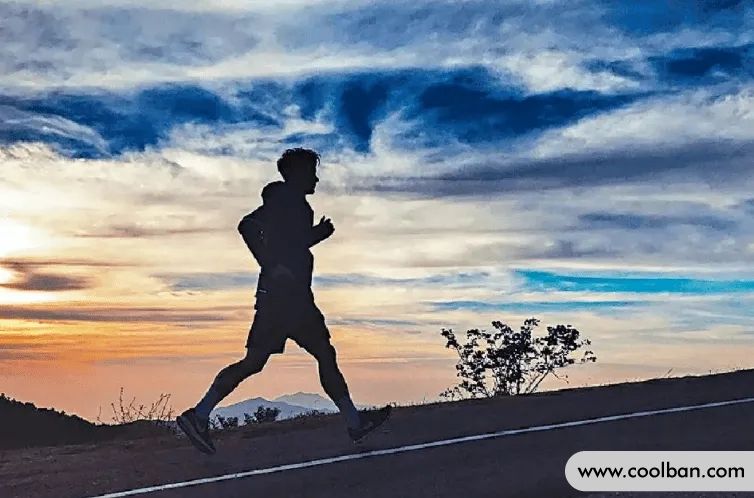What diseases are not suitable for running
Running is getting hotter and hotter, whether on the treadmill at the gym or in the park, morning or night, running can improve our fitness and make us stronger. But it turns out: not everyone is suitable for running. Are you one of them?
What diseases are not suitable for running
1. Patients with severe heart disease
Running makes your heart beat faster, increases your body's oxygen consumption, and can easily leave you feeling breathless. Heart disease patients are the least excited. If the heartbeat suddenly increases, it is easy to have an accident. Therefore, running is not recommended for people with severe heart disease to avoid accidents.
2. Patients with cardiovascular disease
Running requires a lot of oxygen and consumes sugar, fat, and protein to fuel the body. The faster you run, the higher your heart rate and the more blood your heart pumps, putting a strain on your heart and blood vessels and increasing your risk of cardiovascular disease.

3. Diabetics
Diabetics should not run immediately after insulin injection to avoid hypoglycemia. People with severe diabetes are also not suitable for running without insulin injections or acute infections and fever. At this time, the patient's insulin level is low, and the glucose in the body cannot meet the energy supply of running, and the body will consume a lot of fat to provide energy for exercise. Fat metabolites produced by eating a large amount of fat may cause human poisoning.
4. Patients with occult disease
Running can trigger and induce underlying diseases. For example, gallstone disease, it may be that gallstone disease is just lurking in your body and has never happened. Even with jogging, there is a chance that gallstones at the base of the gallbladder will fall into the neck of the gallbladder, causing colic pain.

5. Patients with lumbar disc herniation
People's lumbar spine gradually degenerates from the age of 20, and more and more patients sit in the office for a long time; however, lumbar spine problems have many stages of development. Most people experience low back pain from prolonged sitting, but it hasn't progressed to the point of a herniated disc. In this case, normal movement is no problem. You can focus on doing more movement to strengthen your lower back muscles and improve stability. Sex, which puts less impact and stress on the lumbar spine.
6. Gout sufferers
For gout patients, running exercise has certain hidden dangers and risks. Patients with increased sweating, decreased blood volume and renal blood flow, decreased uric acid and creatine excretion, prone to hyperuricemia, may also induce gouty arthritis. Therefore, people with gout should avoid strenuous exercise and prolonged physical activity.

7. Severe obesity
Severe obesity refers to obese people whose body fat rate is much higher than 28%. Obese people's lower extremities, which carry most of the body's weight, are already under more stress. If you also run, it will only put more stress on the lower body, which can easily lead to knee injury. Therefore, it is recommended that severely obese people do less or no exercise that puts a lot of pressure on the joints, such as skipping rope, running, etc.
8. People with serious knee injuries
For runners with severe knee injuries, running immediately after recovery is not recommended. You can start with a brisk walk and work your way up. When circumstances change, consider jogging. However, if you find that the knee joint is repeatedly attacked, it is recommended to stop running. If you have an old knee injury, you can train without waiting for it to get better. Don't think that training with injuries is inspiring. Please don't stubbornly insist on running. So as not to aggravate your injury, delay the recovery date of the leg injury.
Choose running shoes that fit your feet with soft soles and cushioned air cushions that can better cushion pressure. A pair of running shoes cannot be worn for several years, and changing them frequently helps correct running posture. Correct running posture can help reduce damage to the knee joint.
